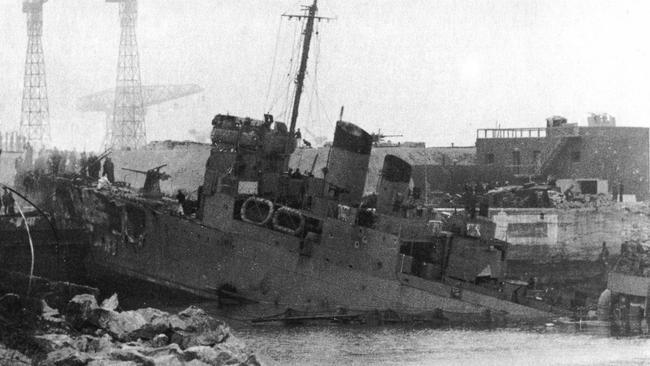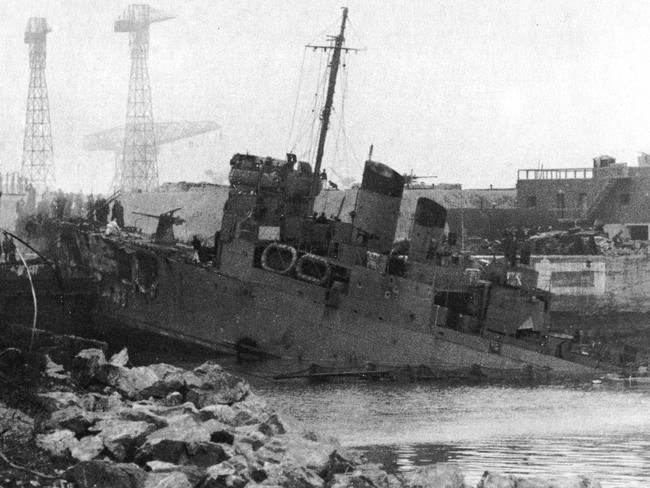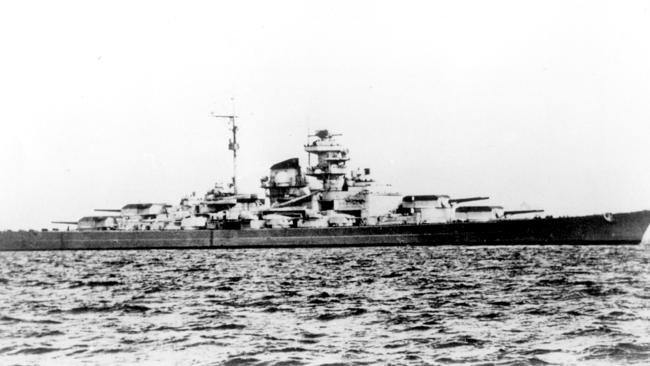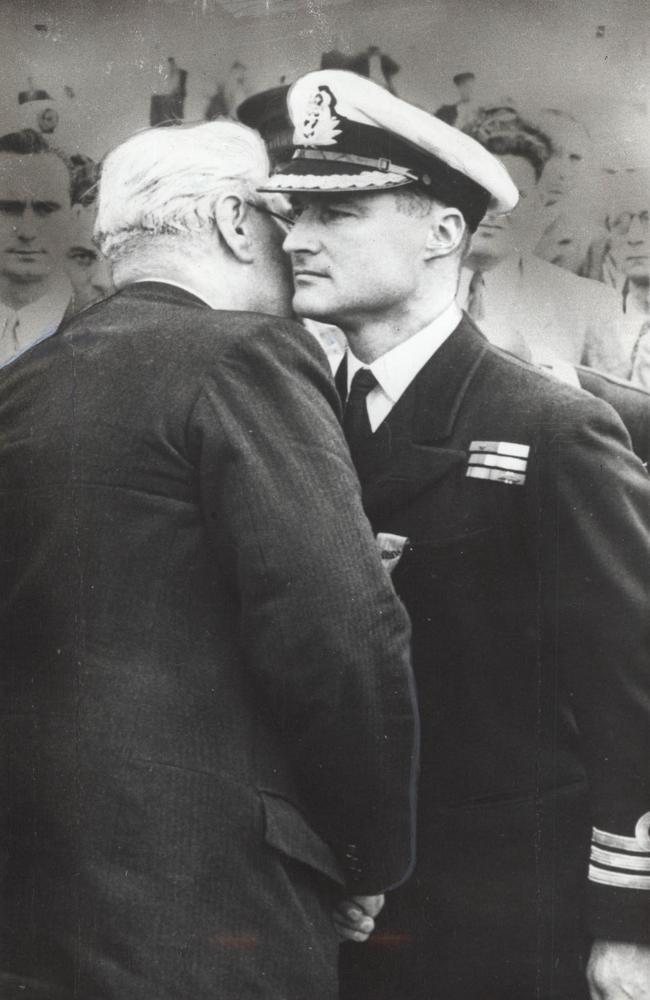Allies’ daring Trojan horse attack on German-controlled French port of Saint-Nazaire was ‘greatest raid of all’
SEVENTY five years ago British and commonwealth forces conducted a daring raid on the German-controlled French port of Saint-Nazaire

Today in History
Don't miss out on the headlines from Today in History. Followed categories will be added to My News.
THE German guards at the French port of Saint-Nazaire must have found it difficult to believe what they were seeing.
A run-down looking World War I-era ship, in German livery, was heading directly for the large Normandie dry dock, ramming the gates. When it hit, armed men, some of whom were dressed in kilts, jumped from the deck.
The Germans were caught by surprise because they never thought anyone would be mad enough to attack the heavily fortified port from the sea. Plus they initially assumed the ship was one of their own.
It was a stunning Allied victory, despite the loss of many lives. The raid of Saint-Nazaire, 75 years ago today, was one of the most successful amphibious operations of the war. Called Operation Chariot, it was a modern-day Trojan Horse mission, involving a crack team of British army commandos, Royal Navy officers (including several Canadians), a handful of Australians and a New Zealander, in a daring mission to stop the Germans gaining supremacy in the Atlantic. It has since become known as “The Greatest Raid of All” within military circles.
In March 1942 the Battle for the Atlantic, was at a crucial phase. The German U-boat campaign was disrupting Allied shipping and when the German battleship Tirpitz became operational in January 1942, things took a turn for the worse.

Tirpitz was a 250m-long titan displacing more than 50,000 tonnes with an armament so formidable that no single ship in the British navy could take her on. It was larger than the Bismarck, which had taken a mustering of naval might to sink, and the Tirpitz threatened to drain Allied resources just to keep her reigned in.
But there was another solution. When the Bismarck was damaged it limped back to the dock at Saint-Nazaire, the only dock large enough to effect repairs on such a behemoth. If the Allies could damage the dock it meant that if the Tirpitz was hit in Norwegian waters, it would be unable to venture out into the Atlantic.
A plan was hatched to use an obsolete destroyer, packed with explosives, to ram the dock. A team of commandos would disembark to destroy winch houses, pumping stations and other strategic targets.

Under the command of Commander Robert Ryder, the flotilla of 19 ships, made up of the HMS Campbeltown (World War I era former US destroyer), Royal Naval destroyers the Atherstone and the Tynedale, as well as 16 motor launches (mostly Fairmile B type launches), left Cornwall on March 26. Travelling in convoy they encountered a German sub on the way but dispatched it with depth charges.
The flotilla arrived on March 27 to await a diversionary air raid. In the early hours of March 28 they moved in, with the Campbeltown scraping the mudflats and shaols in the shallow waters.
Aboard one of the motor launches, RAN Ordinary Seaman Patrick Brady noticed several Scottish soldiers dropping their trousers and putting on kilts, proudly displaying their clan colours. In solidarity he put on his Collingwood Aussie rules jumper.
As the Allies approached the dock they sent messages in German to confuse the enemy. But the Germans soon realised they were enemy ships. When the raiders lowered their German flags and raised the British white ensign, the German guns opened up.

Just after 1.30am the Campbeltown sped up and rammed the dock gates; all aboard quickly abandoned the vessel under heavy fire from the Germans. Charges were blown to scuttle the ship, firmly blocking the entrance to the dock.
Meanwhile, other teams landed and worked on destroying other parts of the dock. After Ryder was satisfied with the damage, he gave the order to withdraw. The men then scrambled to whatever boats they could find. But those who made it to the “Old Mole”, a designated rendezvous point south of the dock, were captured when the Germans took back the pier.
The Allies lost 169 men and more than 215 were taken prisoner. Of the 611 men who took part only 228 returned to England. Nearly 40 battle honours were given out to those who took part in the raid, including five VCs, one of which was awarded to Commander Ryder.
As dawn broke on March 28 the Germans surveyed the damage. Around 400 troops, officers and French civilians checking over the ship that had rammed the gates were killed when explosive charges went off at noon that day.
Despite German claims that they soon repaired the dock it was out of commission for the rest of the war.
Originally published as Allies’ daring Trojan horse attack on German-controlled French port of Saint-Nazaire was ‘greatest raid of all’



